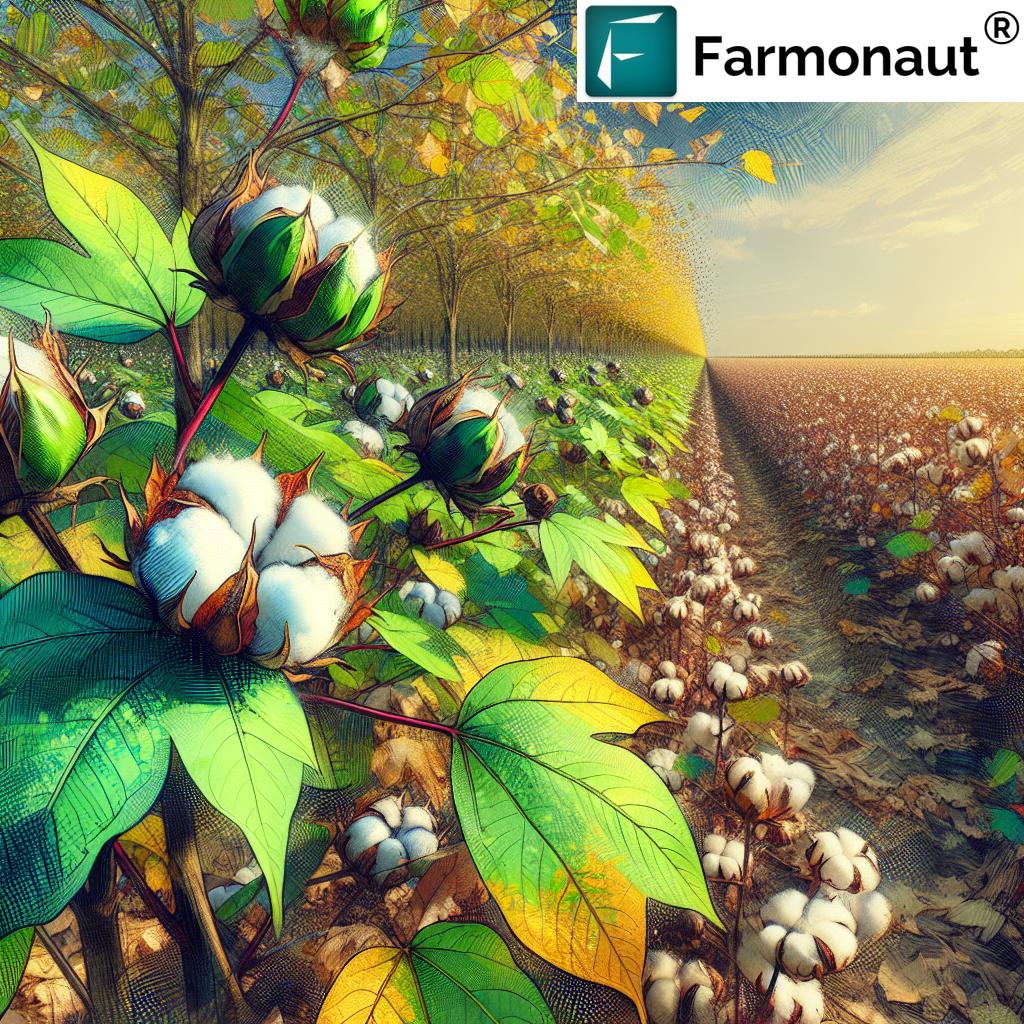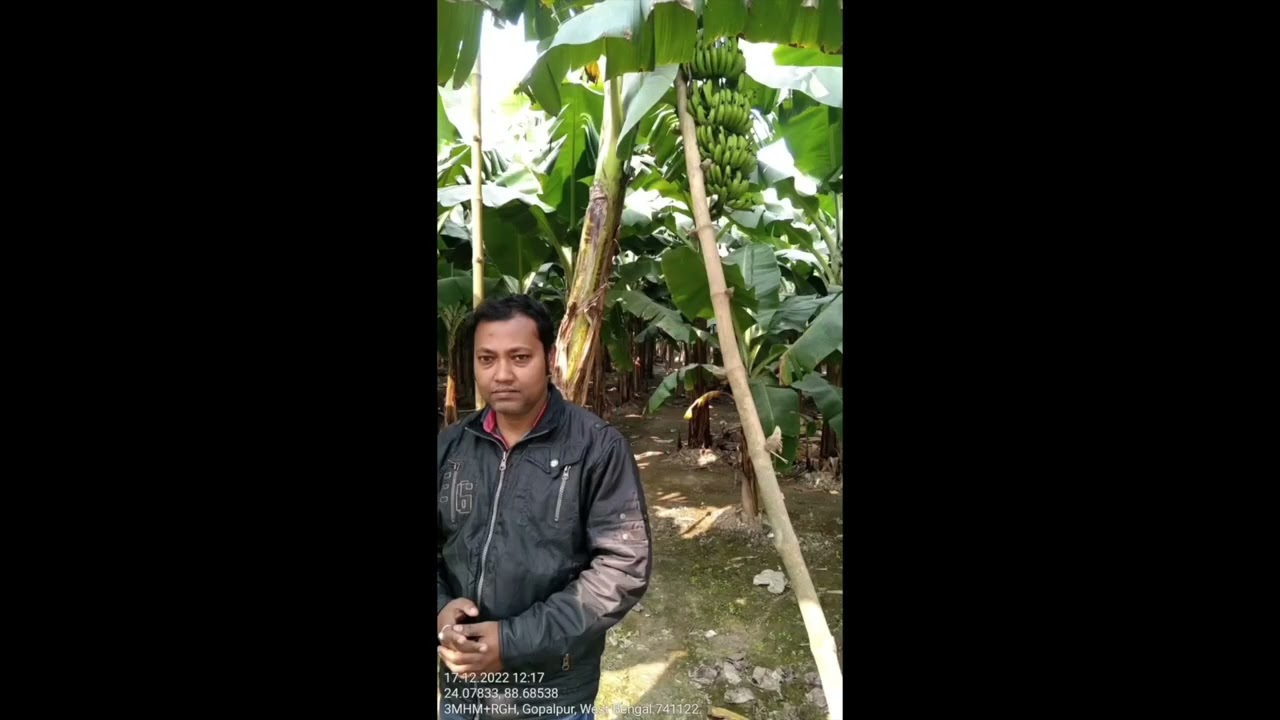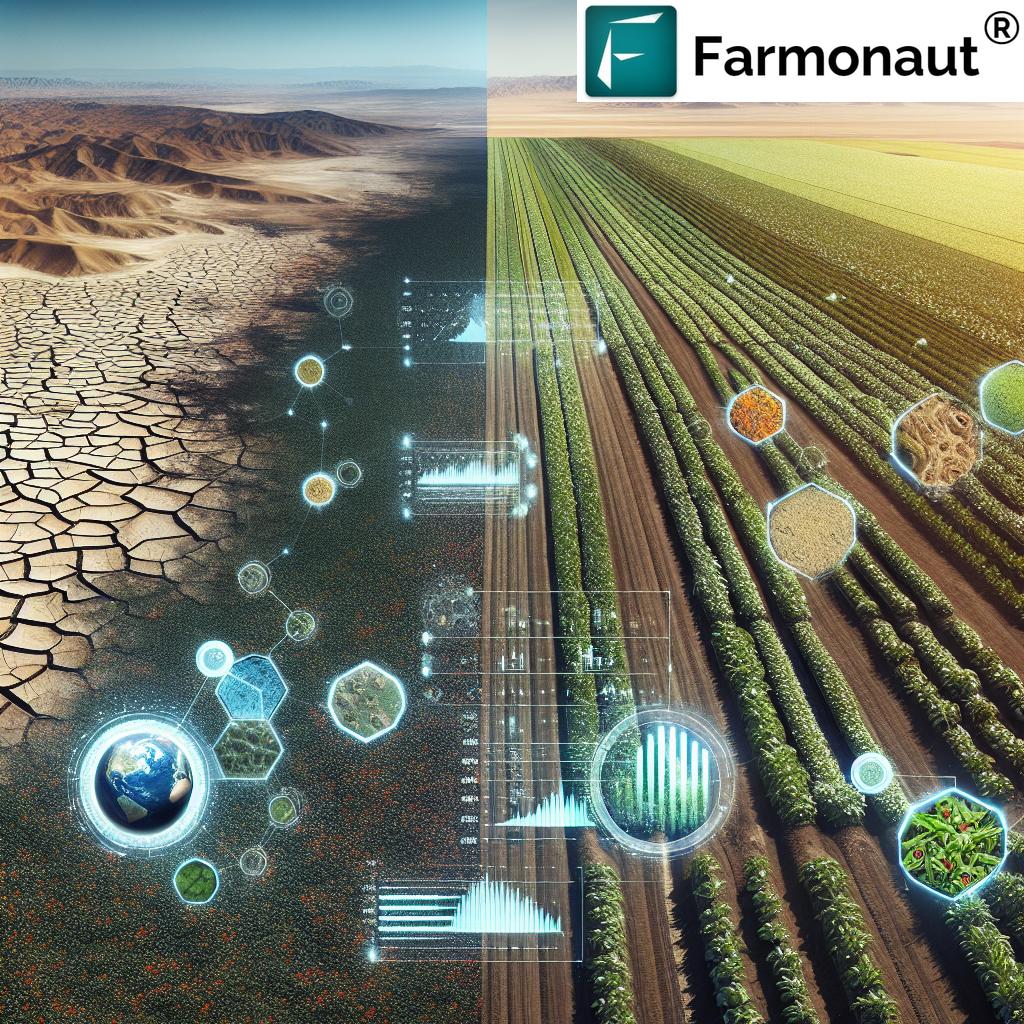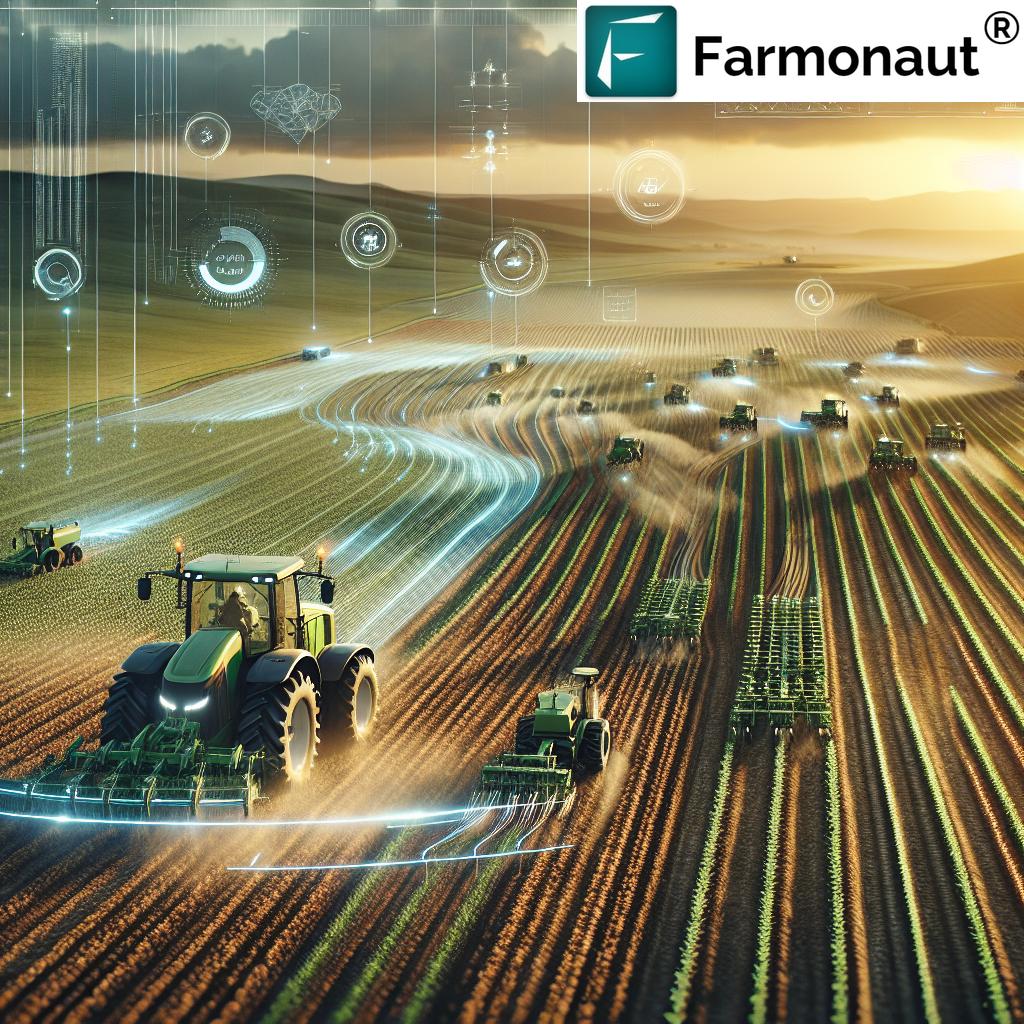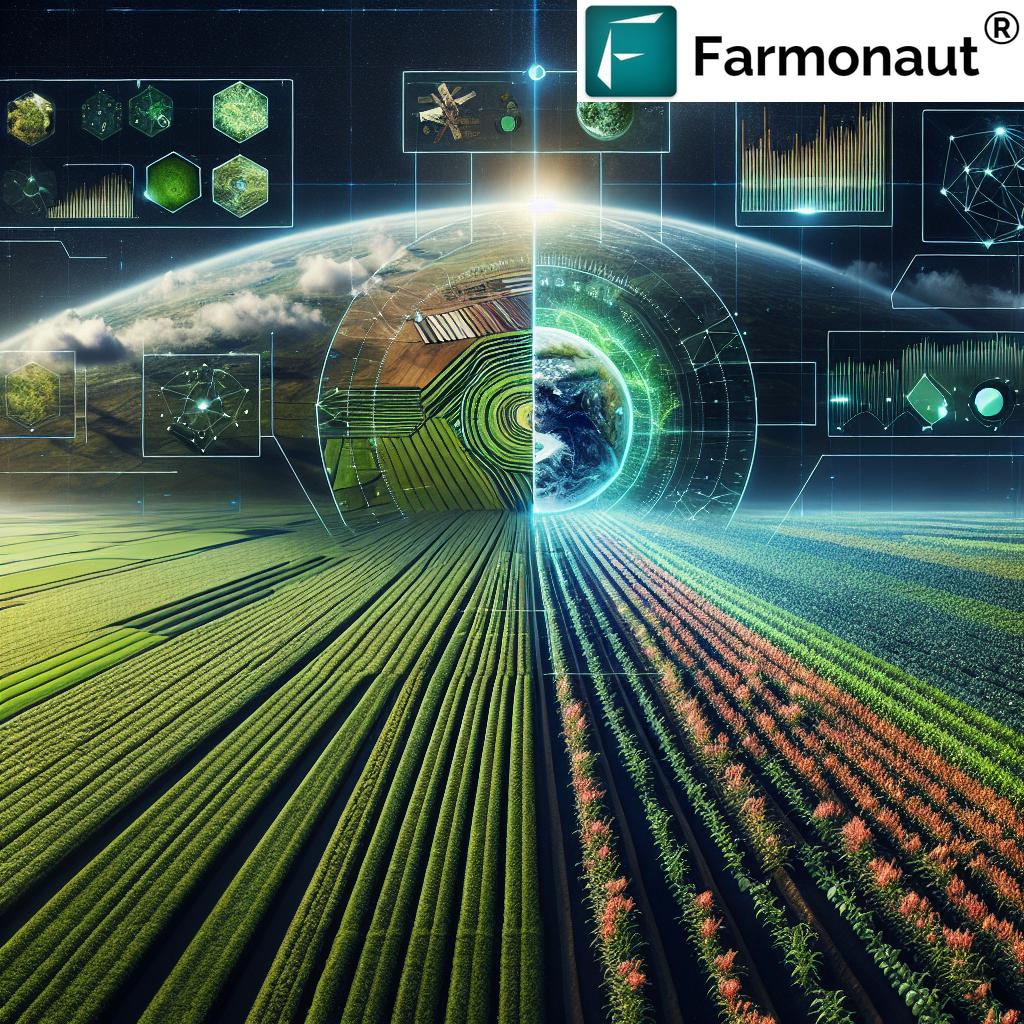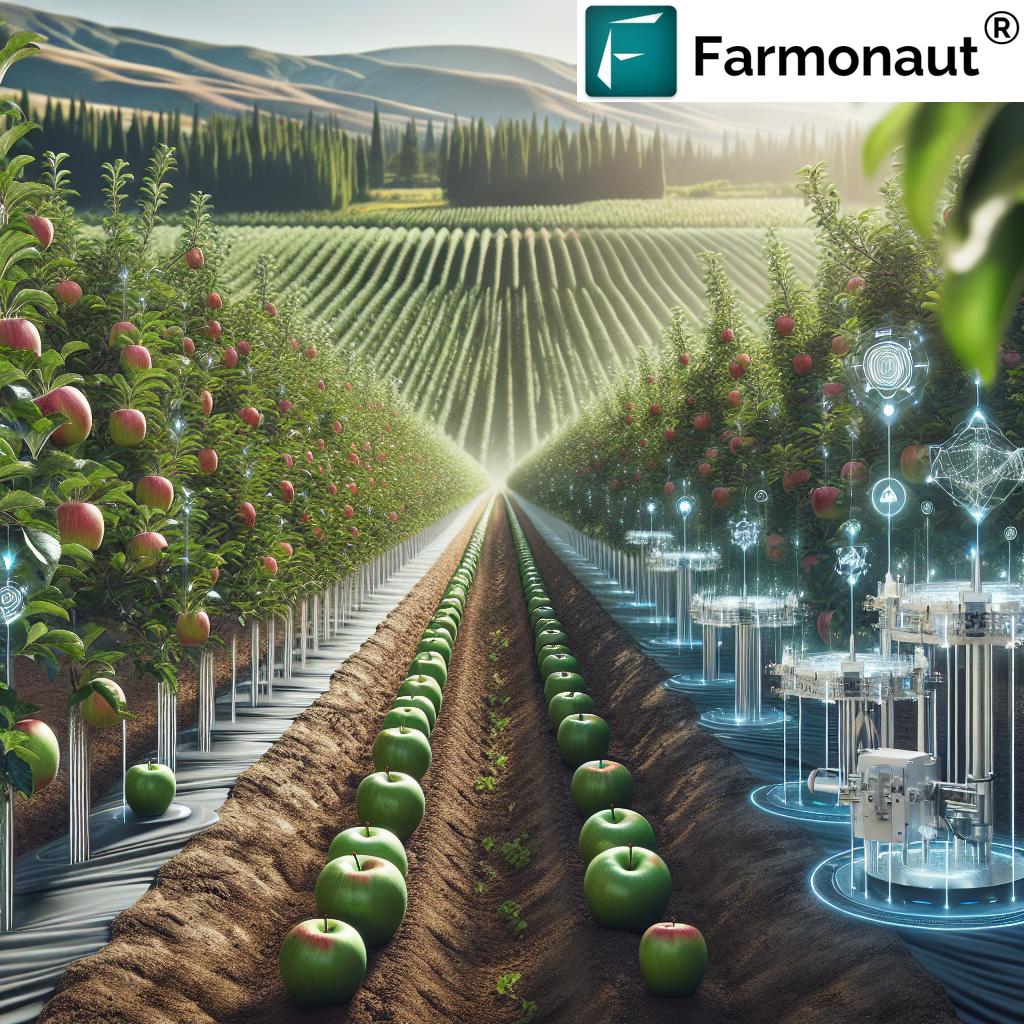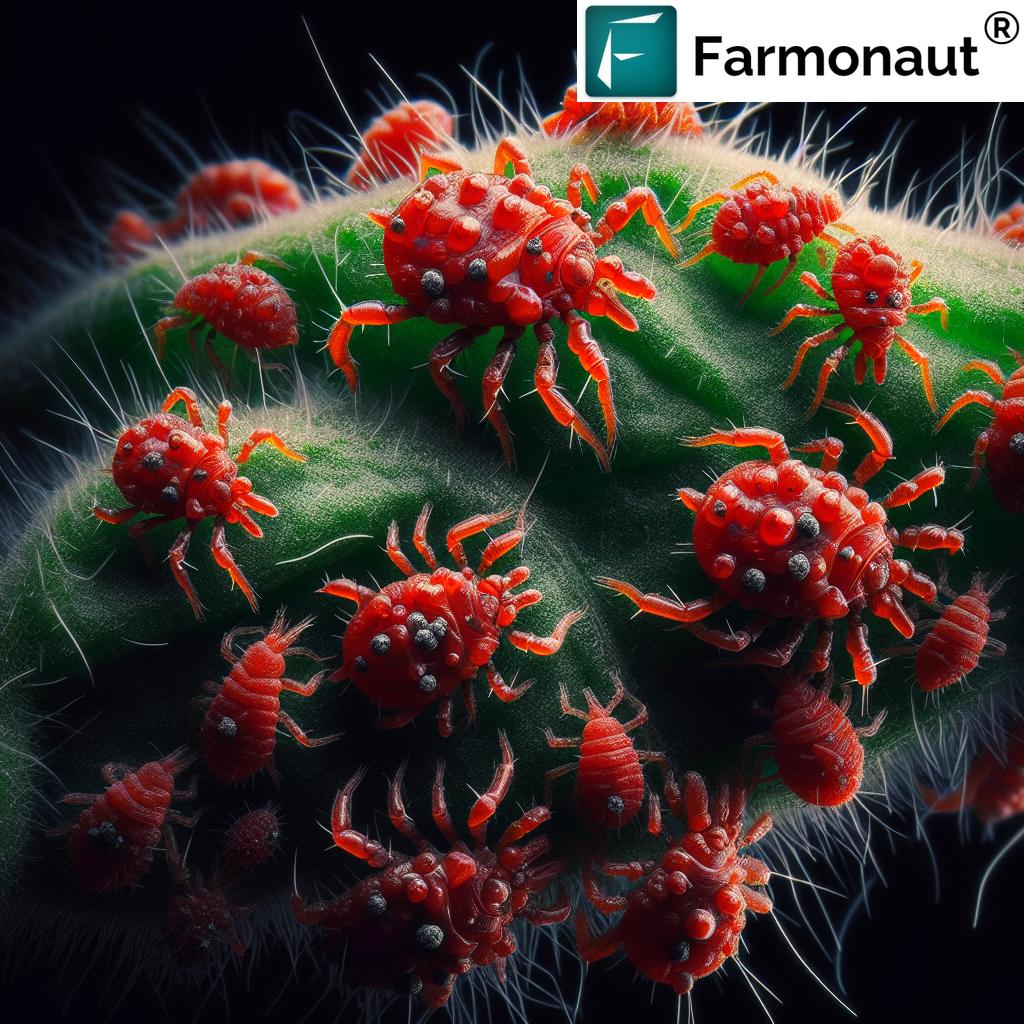When to Defoliate: 7 Secrets to Explosive Yields!
Why Defoliation Matters: Defining the Practice
In modern agriculture, defoliation—the strategic removal of leaves from plants—is a time-tested practice that delivers far-reaching benefits. It is employed in traditional farming, advanced horticultural systems, and forestry settings. When used at the proper stage of plant growth, defoliation can improve crop yield, enhance fruit and seed quality, support sustainable agriculture, and reduce environmental impact. However, the timing and method of defoliation are crucial—well-timed defoliation can enhance or maximize yields, while poor management may lead to losses or plant stress.
This article explores optimal defoliation timing for various crops, highlighting its importance in yield, quality, pest and disease management, and environmental conservation.
The 7 Secrets to Optimal Defoliation Timing
- Understand Plant Growth Stages: The most effective defoliation depends on recognizing key developmental phases in your crop’s lifecycle to minimize yield depression and maximize fruit or seed quality.
- Monitor Crop Uniformity: Uniform crop stands respond predictably; variability often demands tailored defoliation strategies for different field sectors.
- Consider Environmental Conditions: Factors such as temperature, humidity, and rainfall directly influence defoliant effectiveness and subsequent plant health.
- Time for Harvest Readiness: Well-timed defoliation can synchronize maturation and facilitate efficient harvesting, especially in mechanical operations.
- Pest and Disease Management: Early or targeted leaf removal disrupts the lifecycles of common pests, minimizing their impact on crops.
- Enhance Sustainability: Strategic timing helps reduce inputs (chemicals, water) and supports practices with higher environmental benefits.
- Leverage Technology: Satellite-based and AI-driven data from Farmonaut empower farmers to pinpoint the precise moment for optimal defoliation timing, improving productivity and resource use.
Defoliation in Agriculture: Methods & Impact
Defoliation in agriculture is primarily used as a tool to facilitate harvesting, manage pests and diseases, improve crop quality, and sometimes support synchronization of flowering and fruiting. Depending on the target species, the timing of defoliation and the techniques deployed vary considerably. Let’s clarify the main approaches and their purposes:
- Chemical Defoliation: The use of synthetic defoliants to trigger rapid leaf drop. Common in large-scale cotton farming, sugarcane, and some horticultural crops. Environmental considerations must guide use, especially regarding water safety.
- Mechanical Defoliation: Physical removal of leaves, often used in smaller operations or for crops vulnerable to chemical injury. Related equipment can be managed and tracked through Farmonaut’s Fleet Management Solutions.
- Manual Leaf Removal: Hand-picking leaves for specific crops or smallholder plots, often for high-value vegetables and fruits.
All defoliation methods should align with a crop’s growth cycle, environmental conditions, and sustainability objectives to minimize losses and resource consumption.
Defoliation and Crop Yield & Quality
The core objective of defoliation and crop yield enhancement is to improve productivity and fruit quality via timely removal of leaves that are either senescent, diseased, or obstructive for ripening. Here’s why timing and method matter:
- Yield Maximization: Timely defoliation at the right stage encourages energy redirection from leaf tissue into fruit, fiber, or seed formation, typified in cotton and amaranth.
- Improved Fruit Quality: Early removal of shading leaves increases light penetration, aiding color and nutrient concentration and supporting uniform ripening. “Optimal defoliation timing can improve fruit quality by 25%, supporting both sustainability and environmental conservation.”
- Pest & Disease Control: Removing infested or dense foliage breaks transmission cycles of insects and some pathogens, reducing potential yield loss.
- Harvest Efficiency: Defoliation enables machine access, especially in fiber and row crops, allowing more effective harvest with minimal contamination.
In summary, optimal defoliation timing is the lever for boosting yields, quality, and sustainability in agricultural and forestry contexts.
Timing of Defoliation in Various Crops: Cotton, Corn & Amaranth
Let’s explore the timing of defoliation in crops central to sustainable farming, food security, and global fiber supply. The strategies for defoliation in cotton farming, maize (corn), and amaranth exemplify the value of understanding crop specific requirements.
Defoliation in Cotton Farming
- Optimal Timing: When approximately 60% of bolls are open. Allow defoliation to occur only after the youngest boll that will be harvested is mature (usually 36 to 40 days old—refer to Mississippi Extension).
- Objectives: Enhance quality, reduce trash in lint, and synchronize maturation for a single efficient harvest. Helps in pest management when infestations surge.
- Productivity: Defoliation in agriculture at this stage ensures majority of yield is preserved and fiber quality is at its peak.
Defoliation in Corn (Maize): Timing to Minimize Loss
- V7 Stage Defoliation: Complete removal at this vegetative phase leads to a 16% drop in forage yield.
- R1 Stage (Silking): If defoliation occurs at early reproductive development, forage yield loss rises to 43%. Thus, timing is vital to minimize yield loss (Learn More).
- Best Practices: Avoid major leaf removal after R1 stage; instead, use selective management and mitigate risks using satellite-based monitoring through Farmonaut.
Defoliation in Amaranth: Nutrients and Tolerance
- Leaf Harvest: Up to 50% defoliation during vegetative and bud development stages does not reduce seed yield.
- Complete Defoliation: 100% removal leads to yield loss. Staggered or partial harvests are optimal for both forage and nutrient retention.
- Nutrient Levels Vary: Highest iron levels are observed midway in vegetative development. Vitamin A, magnesium, and copper peak at the end of this stage (Source).
Empower Your Defoliation Timing Decisions with Farmonaut Technology
- Farmonaut’s satellite monitoring provides real-time crop health and vegetative stage data, allowing for precise timing of defoliation and maximizing yields.
- Jeevn AI delivers AI-driven advisory on crop development, pest risk, and harvest staging for fruits and field crops.
-
Open Farmonaut’s API for custom integrations—ideal for agribusinesses or developers seeking satellite and weather data for their systems.
Developer resources: API Documentation - Blockchain Traceability: Ensure product authenticity and transparency across the supply chain.
- Carbon Footprinting: Track your field emissions and sustainability impact—essential for eco-friendly farm operations.
- Large-Scale Management Tools: For plantations or commercial forestry, manage vast acreages efficiently from a single dashboard—ideal for cooperatives or admin teams.
- Fleet Resource Optimization: Optimize your harvest and field operation vehicles—save cost, time, and resources.
- Crop Loan and Insurance Support: Accurate satellite-based field verification simplifies farm financing and insurance processes.
Defoliation for Fruit Quality: Tree Crops and Specialized Practices
In fruit tree culture (notably in peach orchards in subtropical regions such as Florida), properly timed defoliation enhances fruit ripening uniformity, leading to elevated commercial quality and market synchrony. Here’s what growers, especially in climatically variable subtropics, need to know:
- Best Timing: In the subtropical peach industry of Florida, carry out defoliation by the last week of November (IFAS Extension). This prepares orchards for early fruit maturation.
- Defoliant Use: Application of zinc sulfate is common—it expedites leaf fall and addresses possible zinc deficiency in leaves and soil.
- Outcomes: The result is fruit crops with more uniform ripening, higher market value, and less unmarketable late yield.
Satellite and AI-driven satellite health monitoring of tree canopies—such as that offered by Farmonaut—can help optimize this window for maximum efficiency and environmental stewardship.
Defoliation in Forestry & Pest Management: Environmental and Growth Impacts
In forestry, defoliation often happens as a natural occurrence, primarily from pest infestations—for instance, outbreaks of fall cankerworm or other chronic defoliating insects (SpringerLink):
- Ecological Impact: Chronic insect-related leaf loss results in increased nitrate export from forest ecosystems. This alters nutrient cycling, possibly impacting water quality for downstream use.
- Pest Management Strategy: In some managed forests, controlled defoliation is employed to slow disease spread, rejuvenate stands, or manage site-specific biodiversity.
- Technology Integration: The use of remote sensing (see Farmonaut’s Forest Advisory and Monitoring Tools) provides valuable data for early detection of canopy stress and pest outbreaks, enabling timely interventions.
Environmental Impact of Defoliants & Sustainability
While defoliation in agriculture and forestry offers immense agronomic benefits, the environmental impact of defoliants is a genuine concern. Our aim must always be to minimize negative effects on water, soil, and ecosystem health:
- Defoliants: Chemicals such as tribufos have been effective but are associated with potential water contamination, health risk (including carcinogenicity), and toxicity to aquatic invertebrates (Wikipedia).
- Sustainable Approaches: Monitor dosage, favor biodegradable agents, and integrate chemical and mechanical methods wherever possible. Employ timing windows that minimize leaching and off-target movement.
- Sensing and Measurement: Use carbon footprinting tools like those from Farmonaut to track emissions and bolster regenerative agriculture strategies.
By aligning defoliation timing with crop growth, environmental conditions, and sustainability standards, we move towards a future where yield gains are matched with ecosystem stewardship.
Get Started with Affordable, Data-driven Defoliation Management
Farmonaut is committed to making satellite crop monitoring, yield optimization, and sustainable resource management accessible to all scales of farmers and agribusinesses. Explore our flexible subscription plans below:
Defoliation Timing vs. Crop Outcomes Table
| Growth Stage | Estimated Yield Increase (%) | Fruit Quality Impact | Environmental Benefits | Risk of Plant Stress | Sustainable Practice Rating |
|---|---|---|---|---|---|
| Vegetative | +0% to +5% | Low | Moderate (Prevents pest buildup) | High (due to incomplete root and stem maturity) | Moderate |
| Pre-Flowering | +5% to +10% | Moderate | High (breaks pest cycles effectively) | Medium | High |
| Early Flowering | +10% to +30% | High (promotes uniformity, color) | High | Low to Moderate | Very High |
| Late Flowering | +5% to +20% | High (depending on crop type) | Moderate | Low to Medium | High |
| Post-Harvest | Negligible | None | Low (serves sanitation only) | Minimal | Moderate |
Frequently Asked Questions (FAQ)
Q1: What is the best timing of defoliation in crops?
The best timing hinges on the crop’s key growth stages—I.e., for cotton, when 60% of the bolls are open; in corn, before or at the early post-vegetative stage; and for amaranth, during mid-vegetative to pre-bud formation. Consulting real-time satellite data from tools like Farmonaut greatly enhances your timing decisions.
Q2: How does defoliation affect crop yield and quality?
Timely, targeted defoliation can increase crop yield by up to 30%, boost fruit quality by as much as 25%, and minimize yield loss due to pests, diseases, and uneven ripening or harvesting.
Q3: What environmental risks are associated with defoliants?
Chemical defoliants pose risks to water and soil—some compounds are toxic to wildlife and may persist. Choosing eco-friendly compounds with short half-lives, sticking to accurate application rates, and monitoring outcomes with carbon and water impact tools (like Farmonaut’s Carbon Footprinting) are vital.
Q4: How does defoliation support sustainable agricultural practices?
By optimizing input use, improving harvest efficiency, and lowering chemical reliance, well-timed defoliation naturally fits with sustainable agriculture principles—helping farmers reduce their environmental footprint, especially when backed by data-driven insights from technology providers such as Farmonaut.
Q5: Can Farmonaut help with managing defoliation schedules?
Absolutely. Farmonaut’s platform harnesses satellite imagery, AI, and advisory systems to track crop health, stage development, and environmental status, ensuring optimal timing and method for each defoliation event. Whether you are a smallholder or a large organization, our mobile, web, and API tools are designed for accessible, actionable insight.
Conclusion: Key Takeaways for Explosive Yields
Defoliation is a powerful agronomic practice—when employed at just the right moment in the plant growth cycle, it yields transformative results in crop productivity, fruit quality, and sustainable practice. The secrets to success are simple but vital:
- Understand your crop’s key stages of development—the more precisely you time defoliation, the stronger the yield and quality gains.
- Integrate environmental and field condition monitoring—leverage weather and remote sensing to ensure effectiveness and minimize waste.
- Pursue sustainability—minimize chemical input, lower resource use, and preserve water and soil ecosystems.
- Use data-driven tools like Farmonaut’s AI and satellite platform to guide your decision-making, monitor outcomes, and optimize every hectare, whether you farm in Maharashtra, Rajasthan, Karnataka, West Bengal, Florida, or beyond.
By adopting optimal defoliation timing strategies—guided by the science of growth stages, crop requirements, and cutting-edge technology—we can ensure food security, economic prosperity, and environmental health for future generations.


